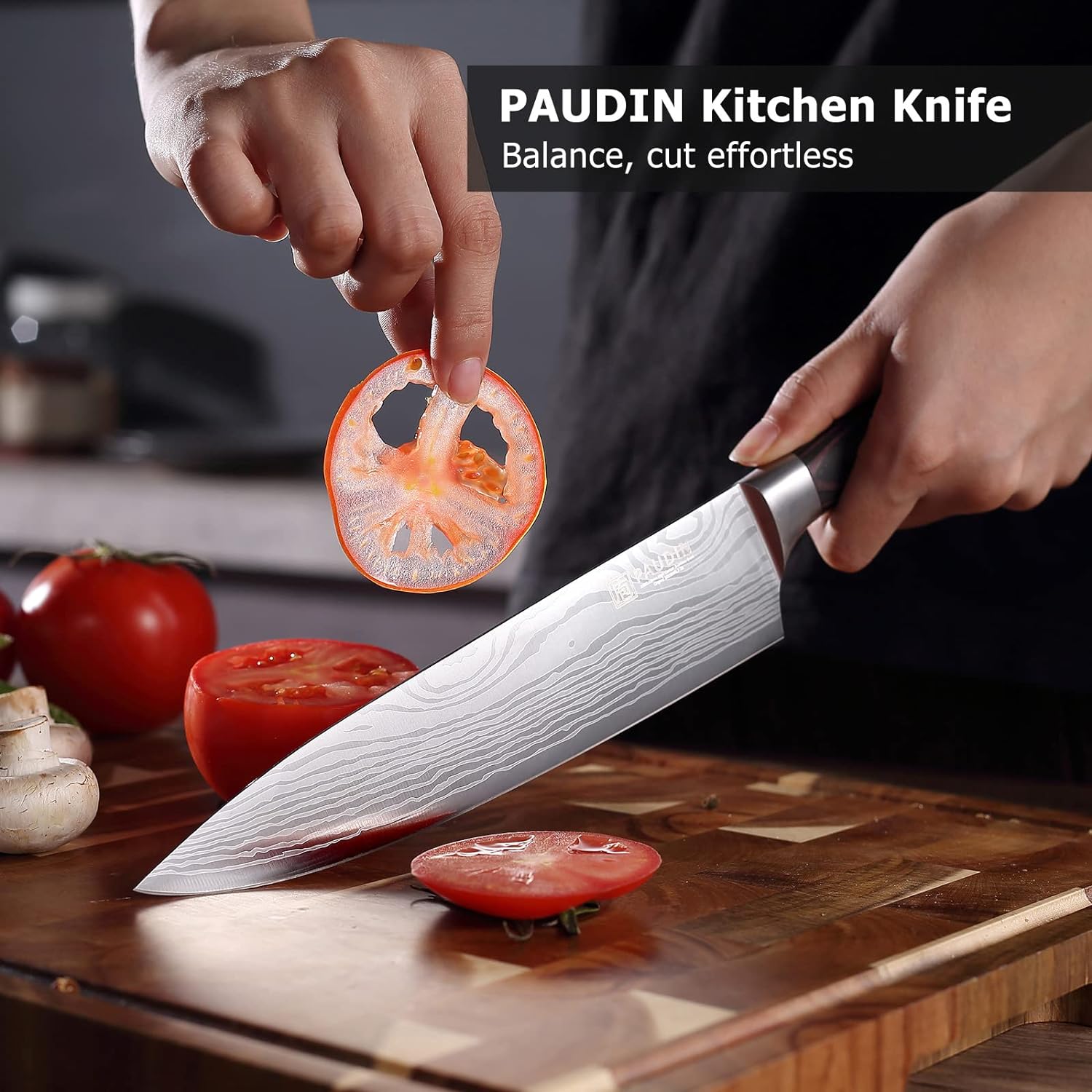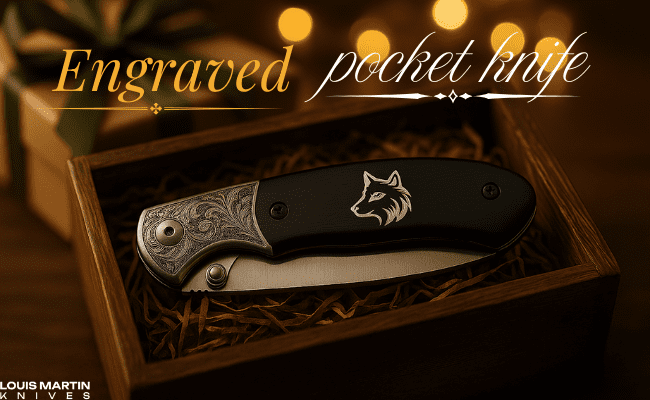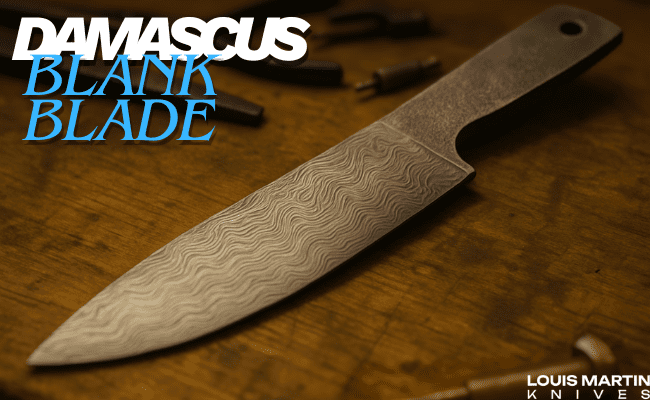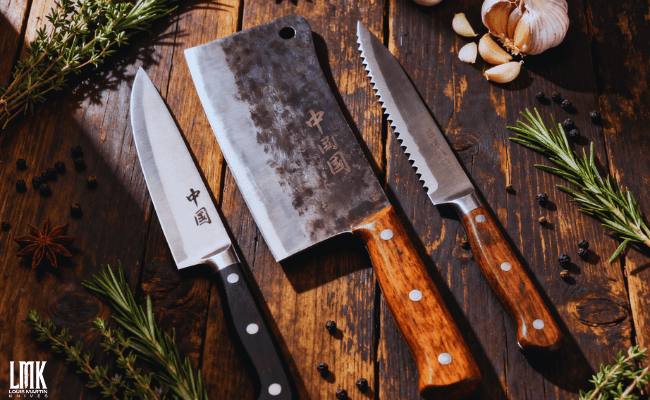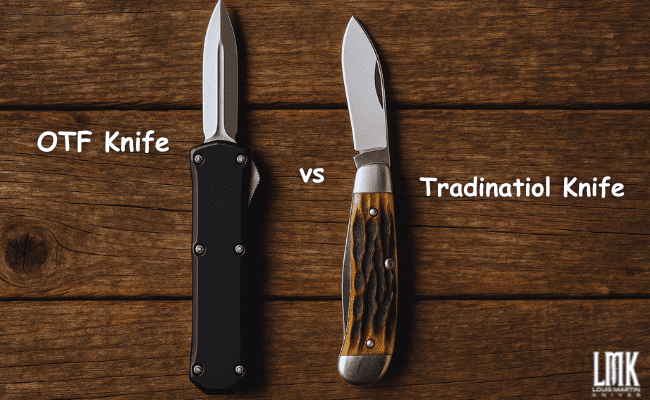From delicate julienning to precise dicing, the mastery of culinary precision can elevate any dish from good to extraordinary. And at the heart of this precision lies the humble kitchen knife set the unsung heroes of the culinary world. In this ultimate guide, we’ll delve into the art of mastering culinary precision through the lens of kitchen knife sets, exploring everything from types of knives to caring for your culinary companions.
Greetings to the ultimate guide to kitchen knife set: Mastering Culinary Precision. In this comprehensive exploration, we unveil the art of precision in cooking, focusing on the indispensable role of kitchen knife sets. Whether you’re a seasoned chef or a passionate home cook, understanding the nuances of culinary precision is paramount. Join us as we delve into the world of kitchen knife set, including insights from Custom Knives
Understanding Culinary Precision
Understanding culinary precision is crucial in the art of cooking, where every cut matters. At the forefront of achieving this precision is the Chef knife, a versatile tool indispensable in any kitchen chef set. Its broad blade and sharp edge allow for seamless chopping, slicing, and dicing, making it the go-to choice for professional chefs and home cooks alike. With the right technique and a keen eye for detail, the chef knife enables precision in ingredient preparation, ensuring uniformity in size and texture for impeccable results. Mastery of culinary precision with the chef knife elevates dishes from ordinary to extraordinary, showcasing the essence of fine dining.
Types of Kitchen Knives
When it comes to kitchen knives, there’s a vast array of options to choose from. Here are some essential knives every kitchen should have:
- Chef’s Knife: Often considered the workhorse of the kitchen, the Best Chef knife is versatile and indispensable. With its broad blade and sharp edge, it’s perfect for a wide range of tasks, from chopping vegetables to slicing meat.
- Paring Knife: This small but mighty knife is ideal for intricate tasks that require precision, such as peeling fruits and vegetables or deveining shrimp.
- Bread Knife: With its serrated blade, the bread knife is designed to effortlessly slice through crusty bread without crushing it, making it a must-have for any bread lover.
- Utility Knife: Falling somewhere between a chef’s knife and a paring knife in size, the utility knife is perfect for tasks that require more finesse than a chef’s knife but more heft than a paring knife.
In addition to these essentials, there are also specialty knives tailored to specific tasks, such as the Santoku knife for chopping, the boning knife for removing bones, the fillet knife for delicate fish work, and the Nakiri knife for precise vegetable chopping in Japanese cuisine.
Components of Quality Knife Sets
A quality knife set is more than just a collection of sharp blades. It’s a symphony of craftsmanship, with each component playing a crucial role in the set’s overall performance.
Blade Materials and Construction: High-quality blades are typically made from stainless steel, carbon steel, or a combination of both. The construction of the blade, including its thickness and edge geometry, also impacts its performance.
Handle Design and Ergonomics: The handle of a knife should feel comfortable and secure in your hand, allowing for extended periods of use without discomfort. Look for handles made from durable materials like wood, plastic, or composite materials.
Tang Types: The tang refers to the portion of the blade that extends into the handle. Full tang knives, where the blade extends the full length of the handle, are generally more durable and balanced than partial tang or rat-tail tang knives.
Knife Block or Storage Options: A quality Japanese kitchen knife set should come with a storage solution that keeps your knives organized and protected. Whether it’s a traditional wooden knife block or a sleek magnetic strip, choose a storage option that suits your kitchen knife set space and aesthetic preferences.
Choosing the Right Kitchen Knife Set for Your Needs
When selecting a knife set, it’s essential to consider your cooking style, budget, and preferences. Consider these key points:
Assess Your Cooking Style and Frequency: Are you a home cook who enjoys preparing elaborate meals on weekends, or are you a professional chef who spends hours in the kitchen knife set every day? Your cooking habits will influence the type of knife set that best suits your needs.
Budget Considerations: Quality knife sets can vary significantly in price, so it’s essential to set a budget before you start shopping. While it’s tempting to opt for the most expensive set on the market, plenty of affordable options offer excellent performance.
Research Reputable Brands and User Reviews: Take the time to research different brands and read user reviews to get a sense of the quality and performance of each knife set. Look for brands with a reputation for craftsmanship and durability.
Seek Recommendations from Culinary Professionals: If you’re unsure where to start, don’t hesitate to seek recommendations from professional chefs or experienced cooks. They can offer valuable insights based on their experiences with different knife sets.
Caring for Your Kitchen Knives
Once you’ve invested in a quality Kitchen knife set, it’s essential to take proper care of your knives to ensure they remain sharp and functional for years to come. Here are some tips for kitchen knife set maintenance:
Proper Cleaning Techniques: Always wash your knives by hand with warm, soapy water and dry them immediately with a soft cloth. Avoid putting them in the dishwasher, as the harsh detergent and high heat can damage the blades.
Sharpening and Honing: Regular sharpening and honing are essential for keeping your knives sharp and cutting smoothly. Invest in a high-quality sharpening stone or honing rod and learn how to use it correctly.
Storing Knives Safely: Store your knives in a knife block, drawer organizer, or magnetic strip to keep them safe and accessible. Avoid storing them loose in a drawer, as this can dull the blades and increase the risk of accidents.
Stainless Steel Sharp Kitchen Knife
Blade Material: High Carbon Stainless Steel
Color: Silver
Handle Material: Wood, Stainless Steel
Blade Edge: Plain
Conclusion
Mastering culinary precision begins with selecting the right kitchen knife set for your needs and taking proper care of your knives. By understanding the different types of knives, components of quality knife sets, and how to choose the right set for you, you can elevate your cooking skills to new heights. So, invest in a quality knife set, hone your knife skills, and embark on a culinary journey filled with precision, creativity, and deliciousness.
FAQs
What makes a good kitchen knife set?
A good kitchen knife set should include a variety of essential knives for different tasks, such as a chef’s knife, paring knife, and bread knife. It should also be made from high-quality materials, have comfortable handles, and come with a storage solution to keep the knives organized and protected.
How do I choose the right kitchen knife set for my needs?
Consider a Chef knife guide factor such as your cooking style, budget, and preferences when choosing a kitchen knife set. Assess your frequency of cooking, research reputable brands, and seek recommendations from culinary professionals to find the set that best suits your needs.
How should I care for my kitchen knives?
Proper care and maintenance are essential for keeping your kitchen knives sharp and functional. Wash them by hand with warm, soapy water, sharpen and hone them regularly, and store them safely in a knife block or drawer organizer to prevent damage.



